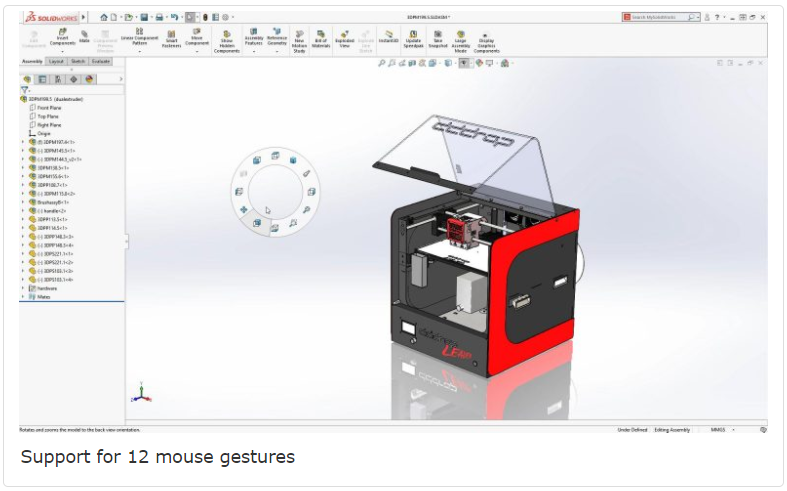
Importing in this fashion and converting the Mesh to a Solid Body allows you to do things like: create a midplane by selecting two triangle faces on the imported body duplicate the imported solid body scale it to compensate for shrink Boolean subtract it to create your cavity convert entities of the inside parting line edges and so forth.

If the STL is not watertight, it will automatically convert it to a surface. Now, the next time you open an STL, SOLIDWORKS will automatically convert the Mesh to a Solid Body. This is where we will change the import option to Solid Body. Go to System Options > Import, and set your File Format to STL. However, did you know that there is a way to change that setting and import STL files either as a BREP solid or a surface body? The first step to do this is to set your system options for importing Mesh files. In short, it’s like having a 3D picture on your screen. For example, you can’t get a cross-section, you can’t perform Boolean operations, nor can you create a sketch on the body’s faces. The default import setting is to import the body as a graphics body, therefore, what you can do with it is very limited. In these past three decades, it has been widely used in rapid prototyping, as well as in the 3D Printing industry.Īs for SOLIDWORKS, it has the ability to import STL files. The STL format file, or “Stereolithography” format, was developed by 3D Systems, and has been around since 1987. Today we are going to give you some tips and tricks using SOLIDWORKS 2018 when importing STL format files. Computer Hardware / SpacemouseOfferings.


 0 kommentar(er)
0 kommentar(er)
